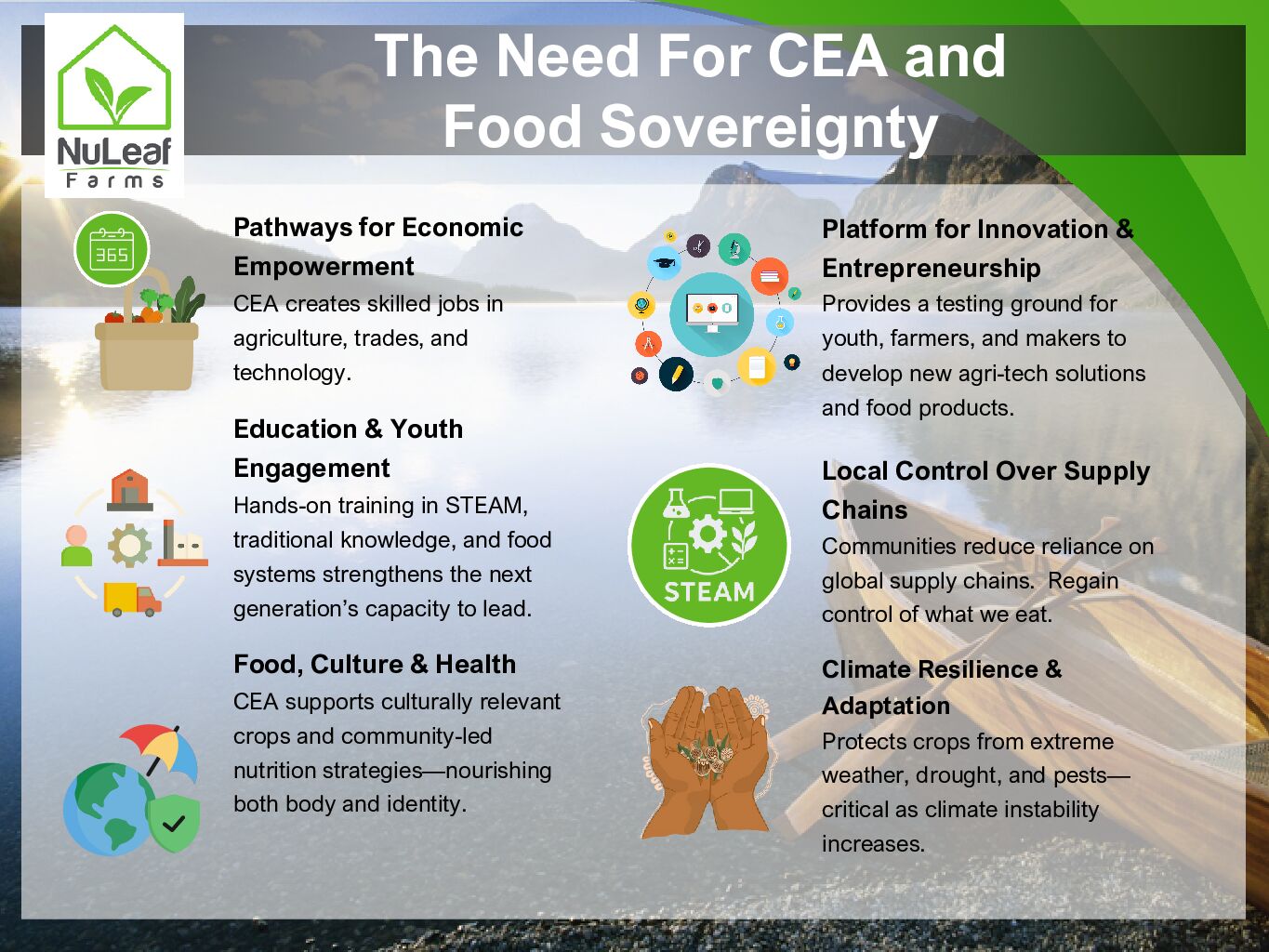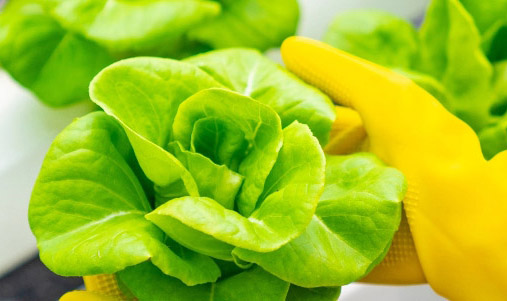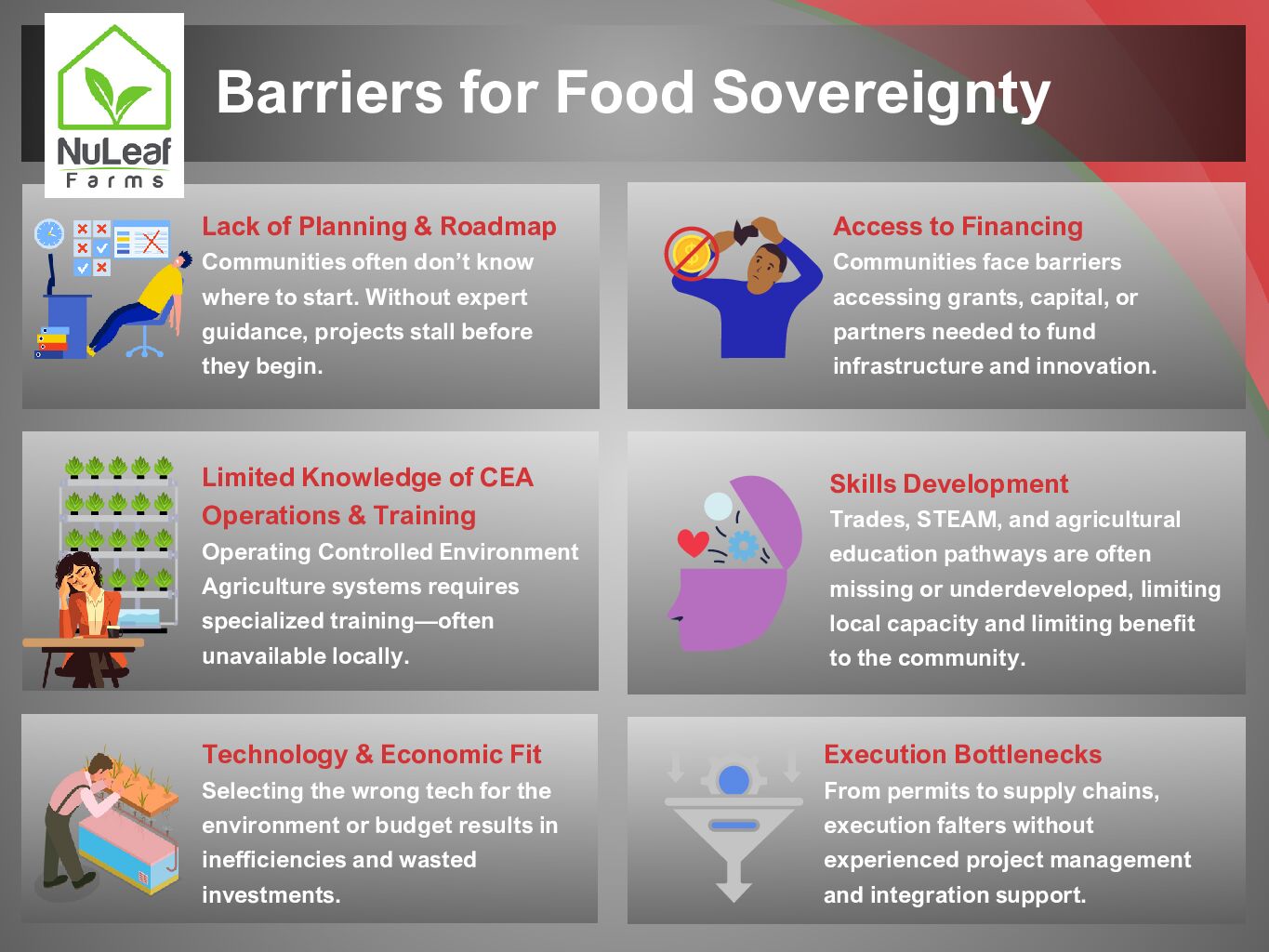How It Started
The History of Indoor Farming
The concept of vertical farming took root in the early 2000s when Dickson Despommier, a professor at Columbia University, challenged his students to envision the world’s first indoor vertical farm. Their groundbreaking design featured innovative elements such as grow lights and conveyor belts, laying the foundation for future developments in this field.
By the mid-2000s, vertical farming companies started attracting substantial investments, with millions of dollars pouring in to support their pioneering ventures. The investment community recognized the potential of new technologies to revolutionize indoor farming, including robotics, LED lighting, and artificial intelligence.
This trend persisted for nearly a decade as vertical farming companies gained momentum by highlighting the efficiencies achieved through cutting-edge operating systems and advanced lighting technologies. Notably, the vertical farming industry emerged as one of the most exciting investment opportunities in the aftermath of the 2020 pandemic, capturing widespread attention and interest from investors.










